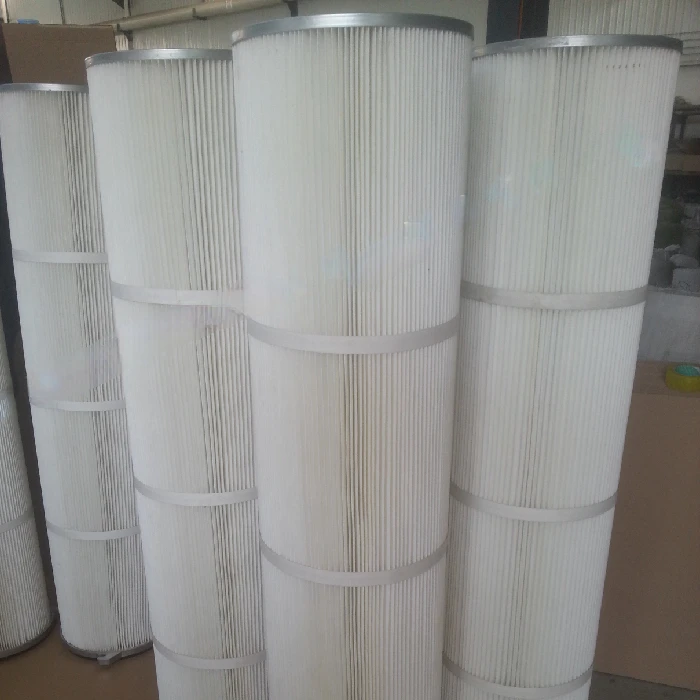Nov . 24, 2024 20:56 Back to list
figured glass
The Art of Figured Glass An Exploration of Its History and Craftsmanship
Figured glass, often regarded as a unique and exquisite form of decorative art, has a rich history that intertwines craftsmanship with beauty. This specialized glass, characterized by patterns and designs that are formed during its fabrication, serves both functional and decorative purposes, making it highly sought after in various applications, from architecture to tableware.
The origins of figured glass can be traced back to ancient civilizations where artisans experimented with glassblowing techniques. The Romans excelled in the production of glass, often incorporating intricate designs into their works. By the Middle Ages, the craft evolved further in Europe, with skilled craftsmen beginning to develop various methods to create textured glass. The introduction of molds and other tools allowed for greater control and innovation in design.
One of the key techniques in the production of figured glass is called “pressed glass.” This method involves pressing molten glass into a mold to create detailed patterns. Pressed glass became popular in the 19th century, particularly during the industrial revolution, when production methods adapted to meet growing consumer demand. Factories such as those in the United States and Europe began to produce figured glass items en masse, making this beautiful art form accessible to a wider audience.
In addition to pressed glass, there are other techniques used to create figured glass, including etching and sandblasting. These methods allow artisans to add intricate designs to the surface of the glass after it has been formed. The process of etching, which involves using acid or abrasives, creates a frosted finish that adds depth and character to the glass. Sandblasting, on the other hand, uses high-pressure air to propel abrasives against the glass surface, resulting in a textured appearance. Both techniques demonstrate the versatility of figured glass and showcase the skill of the craftsmen behind the work.
figured glass

The appeal of figured glass extends beyond its aesthetic qualities; it also carries cultural significance. In many cultures, glass artwork is a symbol of sophistication and refinement. For instance, the production of stained glass windows in Gothic cathedrals is a prominent example where figured glass serves both decorative and narrative functions. These windows not only enhance the beauty of the space but also tell stories from religious texts, imbuing the architecture with spiritual significance.
In contemporary times, figured glass continues to inspire modern artisans and designers. Many contemporary glass artists explore traditional methods while also experimenting with innovative techniques and designs. The resurgence of interest in handmade and artisanal products has led to a renewed appreciation for figured glass as a craft. Artists today often use social media platforms to showcase their work, connecting with collectors and enthusiasts around the world, thus keeping the tradition alive and relevant.
Moreover, figured glass has found its place in interior design. From glass partitions in modern offices to custom-made pieces in homes, it adds a unique touch that can elevate any space. Designers often incorporate figured glass into furniture, lighting fixtures, and decorative objects, creating an interplay of light and texture that captivates the eye. Its ability to reflect and refract light adds dynamism to environments, making it a favored choice among interior decorators.
However, despite its beauty and versatility, the production of figured glass also poses challenges. The process requires a delicate balance of skill, precision, and creativity. Glassblowers and artists must be knowledgeable about the properties of glass at various temperatures and how different materials interact with each other. Furthermore, the shift toward sustainability in recent years has prompted many artisans to consider eco-friendly methods and materials in their work, which may influence the future of figured glass production.
In conclusion, figured glass is not merely a decorative art form; it is a testament to the skill and creativity of artisans across centuries. Its rich history, diverse techniques, and cultural significance make it a fascinating subject of study and appreciation. As we move forward, the ongoing evolution of figured glass will undoubtedly continue to inspire and captivate those who encounter its beauty, ensuring that this exquisite craft remains an integral part of our artistic heritage.
-
Safety and Style with Premium Laminated Glass Solutions
NewsJun.24,2025
-
Reinvents Security with Premium Wired Glass
NewsJun.24,2025
-
Premium Float Glass Line for Modern Architecture
NewsJun.24,2025
-
Low Emissivity Glass for Energy-Efficient Architecture
NewsJun.24,2025
-
High-Performance Insulated Glass Solutions for Modern Architecture
NewsJun.24,2025
-
Elevates Interior Style with Premium Silver Mirror
NewsJun.24,2025
Related PRODUCTS














